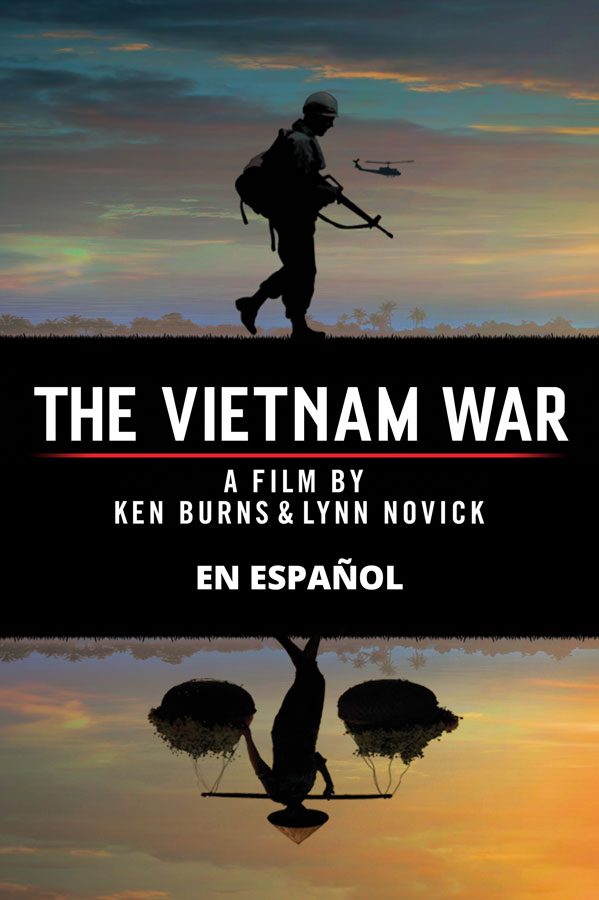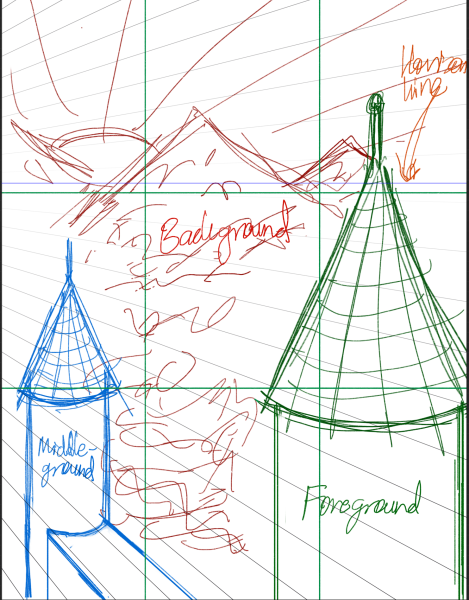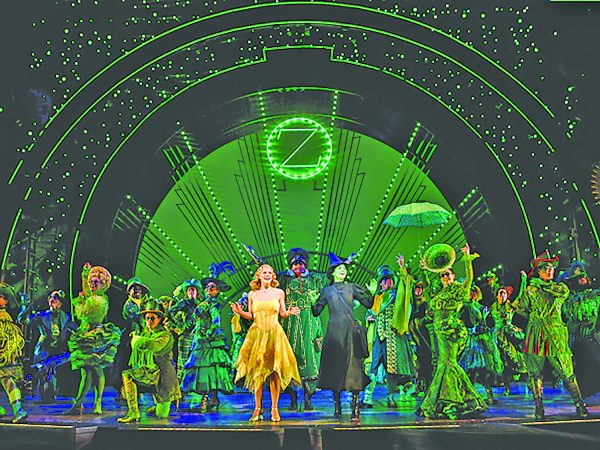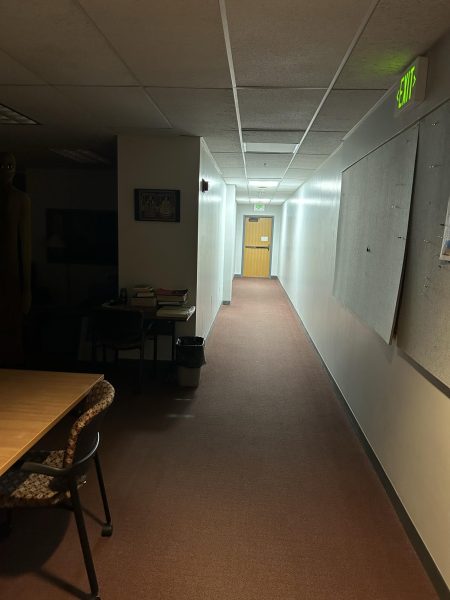Vietnam documentary doesn’t sugarcoat
The Vietnam War is a 10-part PBS documentary series directed by Ken Burns and Lynn Novick. The series begins with a rewind of the Vietnam War. Bombs fall upwards through the air, bullets fly backwards into gun barrels, war casualties rise from the ground and soldiers run in reverse away from enemy lines. The backwards footage runs and eventually stops in 1858 Indochina.
The story begins from there, taking the viewer through nearly a century of French occupation in Vietnam, five U.S. presidents, horrific assassinations, peaceful and violent protests, and finally the withdrawal of U.S. troops from Vietnam.
Burns and Novick unpack one of the most painful occurrences of U.S. history from the dusty storage box it has been hiding in. With interviews from 100 witnesses, the series gives an aggregated version of a story that is intimate yet extensive.
Burns has been making films for over 40 years, Novick for 25. The two have been collaborating since the 1990s and have created some of the most acclaimed historical documentaries ever made. Their works include titles such as “Frank Lloyd Wright,” “The Tenth Inning,” “The War,” and now “The Vietnam War.”
Burns is arguably the most well-known documentarian in the United States. In March 2009, David Zurawik of The Baltimore Sun said, “Burns is not only the greatest documentarian of the day, but also the most influential filmmaker period. That includes feature filmmakers like George Lucas and Steven Spielberg.”
In Burns’ past documentaries, he has relied heavily on what is known as the Ken Burns Effect, a style of zooming in and panning over still images. “The Vietnam War” is a bit different. Because of the widely televised nature of the war, there are hours upon hours of actual video taken by journalists on the front lines of the conflict. According to Judy Woodruff of PBS NewsHour, Novick and Burns sorted through 5,000 hours of historical footage and photos for their documentary.
The Vietnam War was known as the “living-room war,” broadcast during the nightly news and constantly on American television. This media interest largely impacted the public perception of the war, and ultimately led to division of the country and distrust of the American government.
This is an important theme in the series, as we watch over and over again the mistakes of many different governments and the consequences that ensued. Burns also wants his viewers to understand the modern implications of this.
“Obviously we have mass demonstrations all across the country against the president,” he said in an interview with Variety Magazine. “We have a White House in disarray, obsessed with leaks. We have a president certain that the press is lying and making up stories. We have asymmetrical warfare. We have big document drops of stolen classified material. And we have accusations that a political campaign reached out at a time of a national election to affect that election. And I am not talking about now. I am talking about Vietnam.”
The historical forebodings are one main reason that this documentary is so important for our time, yet there is something else that gives the series its power. Each interview with one of the numerous witnesses gives the viewer one more piece of the horrifying collage of inequities, emotion and chaos that was the Vietnam War.
One veteran recalled the terror of tunnel warfare. “I chased somebody into a tunnel and met them at a bend in the corner in the dark. I thought I was alone and then I smelled their breath. And we had a wrestling match in the dark and I got the upper hand and crushed this person’s trachea, held him down while he died,” said James Gillam. “I beat and strangled someone to death in a tunnel in the dark, but that wasn’t the only casualty. The other casualty was the civilized version of me.”
These personal stories, woven into the fabric of the series alongside accounts of military operations and political maneuverings, create life and solidarity between the viewer and those affected by the war. And the interviewees are brutally honest about what they saw, did or felt.
“My hatred for them was pure. I hated them so much, and I was so scared of them,” said U.S. Marine John Musgrave. “I was an 18-year-old Marine rifleman with the ink still wet on my high school diploma. I didn’t want to shame myself in front of my buddies. But I was so scared. I felt like I was hanging on to my honor by my fingernails the whole time I was there.”
This raw, driven and ruthless series may break your heart, it may infuriate you or discourage you, but it will also fascinate you. There is no sugar coating — the images are graphic, the words are hard and the actions are unimaginable, yet you will come away from it with new knowledge.
With this documentary, Ken Burns and Lynn Novick have created the long-awaited conversation lamenting the Vietnam War.






